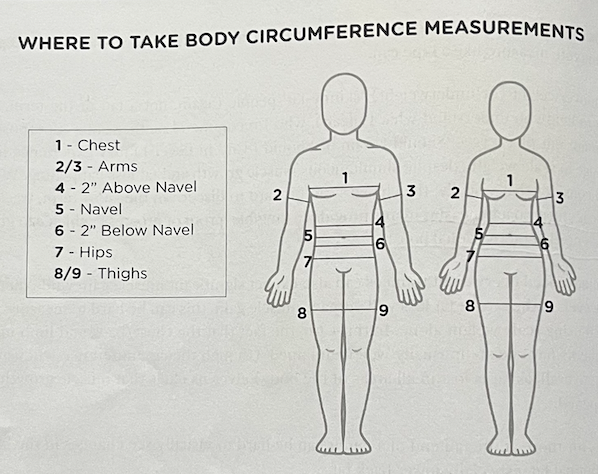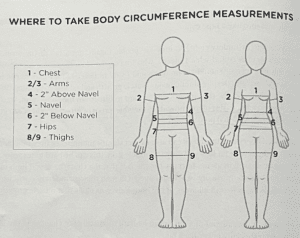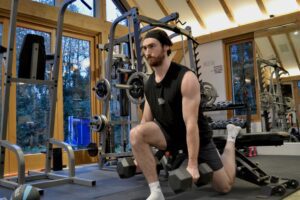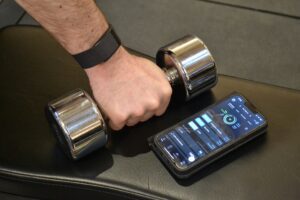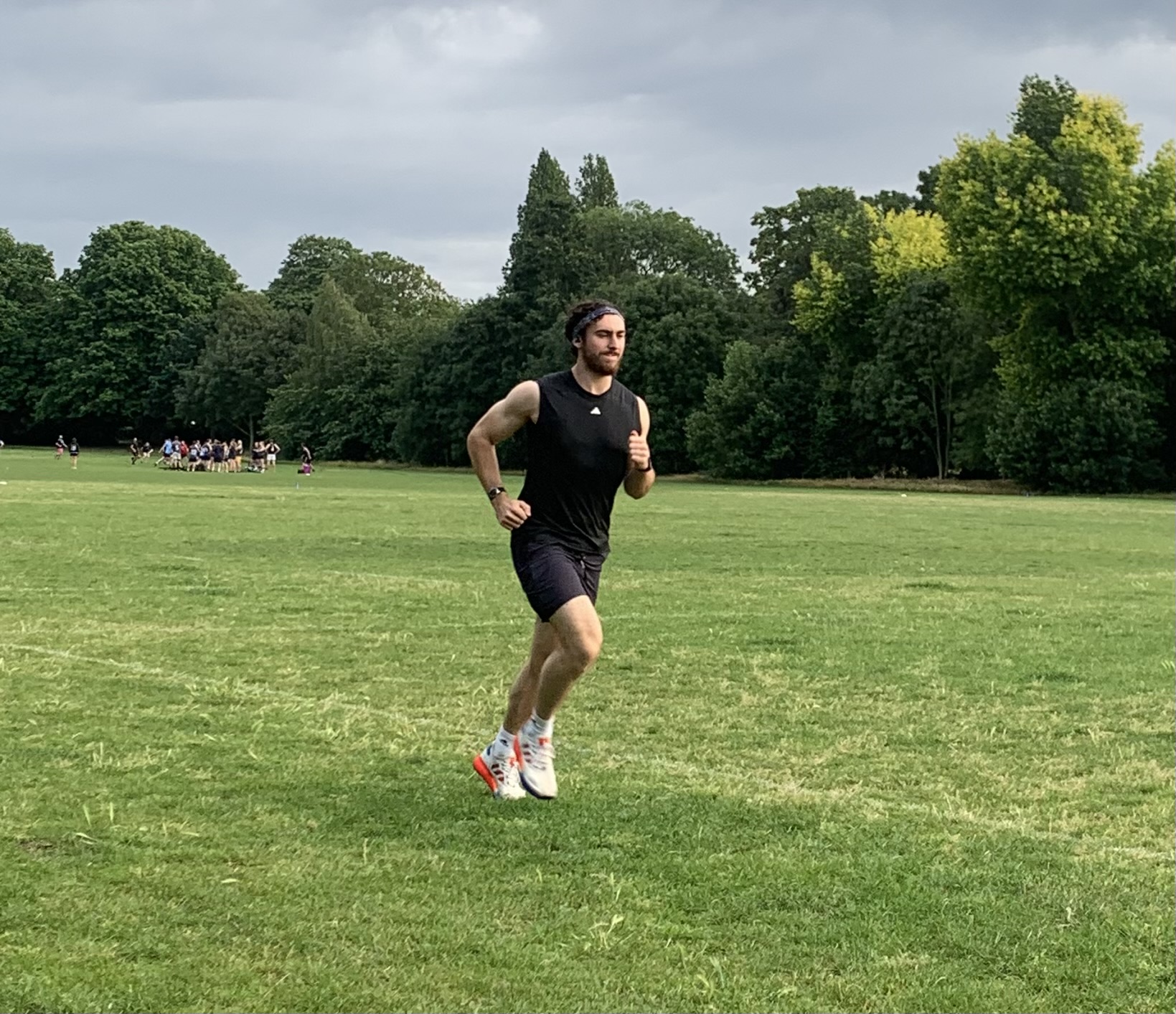Why You Should Use Body Circumference Measurements To Track Progress
Once you’ve started training on a consistent basis in the gym, there are multiple ways you can track progress when it comes to fat loss and muscle growth. Using body circumference measurements is one method that can provide evidence of muscle gain and fat loss. Whilst the weighing scale is more limited (by design), body measurements can be a valuable tool for tracking incremental progress towards your Individual goals. As well as demonstrating physical improvements and body composition changes, body measurements can also provide motivation for trainees who aren’t seeing the scale shift as quickly as they’d like.
Effective Goal Setting For Long Term Adherence
It’s well established that goal setting is a highly effective tool for encouraging long-term exercise adherence. This is because goal setting helps increase motivation and adherence by establishing targets and then working towards them. When it comes to setting goals, it’s important that the outcome is measurable if you are to gauge success properly, otherwise how will you know whether you’re on track to achieve these goals. This is true of all things in life, and monitoring changes in your body composition is no exception (1., p.151). For both beginners and those returning from a prolonged layoff (period of inactivity e.g., injury) body circumference measurements are a hugely valuable tool for monitoring fat loss and muscle gain progress. The weighing scale on the other hand, doesn’t reflect positive body changes, and therefore is unable to give us feedback on changes in muscle gain vs fat loss (as a ratio).
Over Reliance on Scales
Only using scales to track your progress can produce demotivating and misleading results. For example, a new trainee without much muscle but with a higher-than-average body fat who experience no weight change over the last 6 weeks, may experience their trousers getting a little looser while their lifts improve. However, without body measurement data, they have nothing tangible to “hold on to” and therefore may be concerned whether they are actually making real progress (1., p.151). Furthermore, this disappointing result (on the scales) following a 6 week training period may cause them to lose faith in their trainer and/or their training plan, resulting in them giving up their pursuit of getting healthier, and comprising their long-term goal of weight loss maintenance. However, if they had been monitoring body circumference measurements from week 1 to week 6, they would have been able to see positive changes in their body composition beyond numbers on a scale (e.g., stomach measurements down by 3.0cm). They missed out on some unmistakable proof of progress, and therefore missed out on a huge dose of validation and motivation (1., p.151). This tangible evidence of progress could be the key difference between losing a client and/or someone falling off the wagon completely. Ultimately, these incremental results can provide you with the necessary motivation to keep going and confidence to continue trusting the process. Without them, it will be a lot easier to lose faith and call it quits!
Factors That Influence Adherence
When considering the importance of body circumference measurements and other methods for tracking progress, it’s important to look at some of the main factors that cause people to give up their fitness pursuits. These factors include:
- A lack of improvement e.g., weight loss slowing or plateaus
- Loss of motivation through lack of tangible results
- Poor instructional guidance
Lack of goal setting
Many people quickly lose motivation due to a perceived lack of improvement/weight loss. As we discussed before, this can be pre-addressed during the goal setting/planning phase by using body circumference measurements to track body composition progress. These subtle changes in muscle size can give clients something tangible to hold onto, and will provide encouragement that they are on the right path (even if their scale weight stays the same). For online coaches and PTs, it’s therefore important to have protocols (and goals) in place to keep clients motivated and encouraged on their journey. Failure to do so, can result in a lost client and more importantly, may cause someone to stop pursuing a healthier body. As we will discuss below, it’s important for a trainer to gauge the personality/needs of their client too in order to understand what motivational techniques will ensure the greatest chance of long-term adherence.
Self-Motivation
Whilst there are some people who take to training and exercise like a duck to water, there are many others who find starting or maintaining a training program very difficult. For the latter individuals, having success metrics and motivational tools in place (from the start) will be of greater importance vs the former group. For example, there those who simply enjoy exercise regardless of goals and outcomes. These people love how exercise makes them feel, actively look for opportunities to be physically active and need little motivation to keep exercising regularly. On the other hand, other people hire personal trainers for accountability, guidance, motivation and sometimes out of necessity. They may not really want to come to see a trainer in the first place, but after being told they need to lose weight by their doctor, sign up to 2/3 sessions a week in order to get their health back on track. For these individuals, clear goals and measurable outcomes may be more important in sustaining motivation and adherence than qualitative feedback (e.g., enjoying the feelings of wellbeing associated with exercise). If the goal is to lose 30lb in 12 months, then it’s important to use multiple tools (outside of the scale) to prevent waning motivation and the dreaded “falling off of the wagon”. This is absolutely vital, as periods of low motivation and slowing progress are inevitable hurdles, especially over longer periods of time.
References
1. Helms. E (2019). The Muscle & Strength Pyramid: Nutrition.

